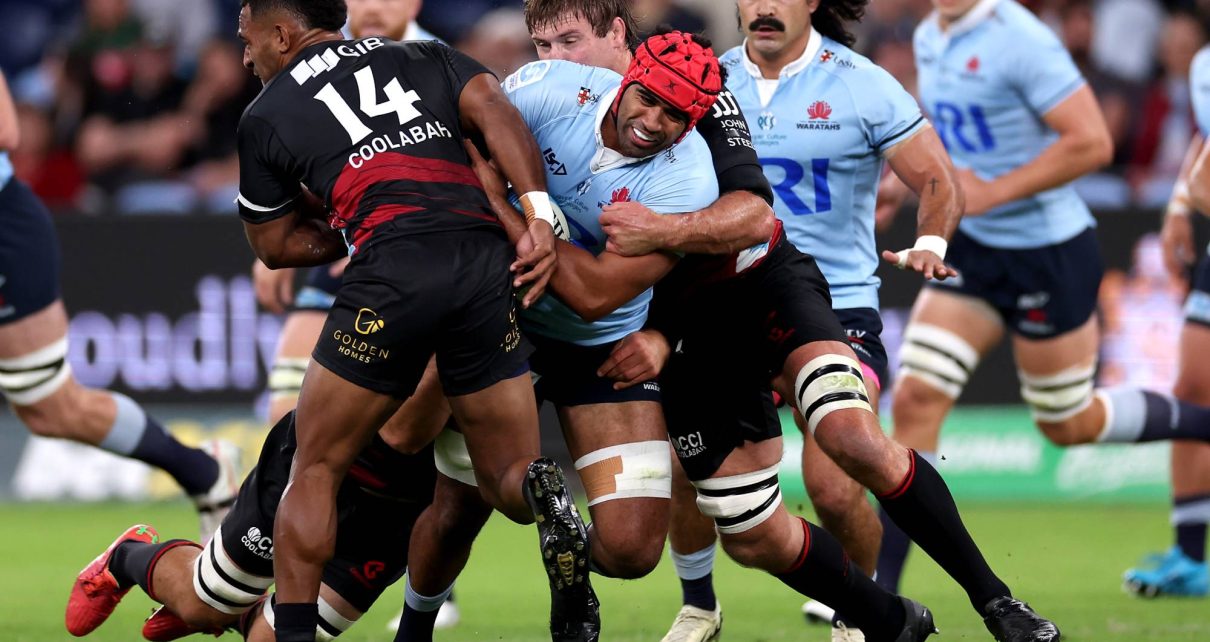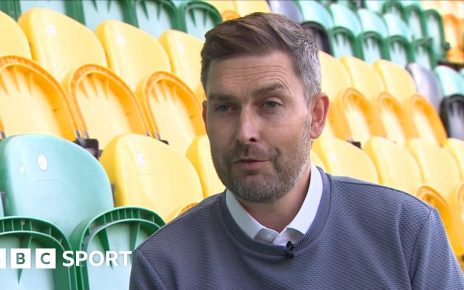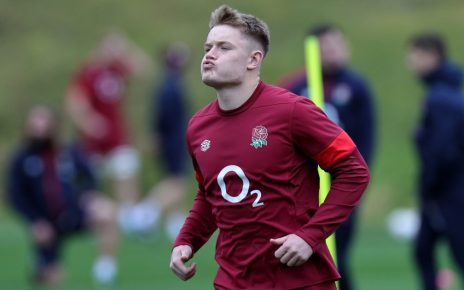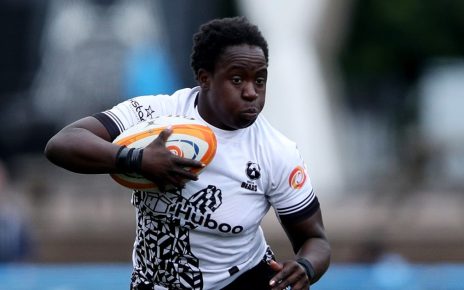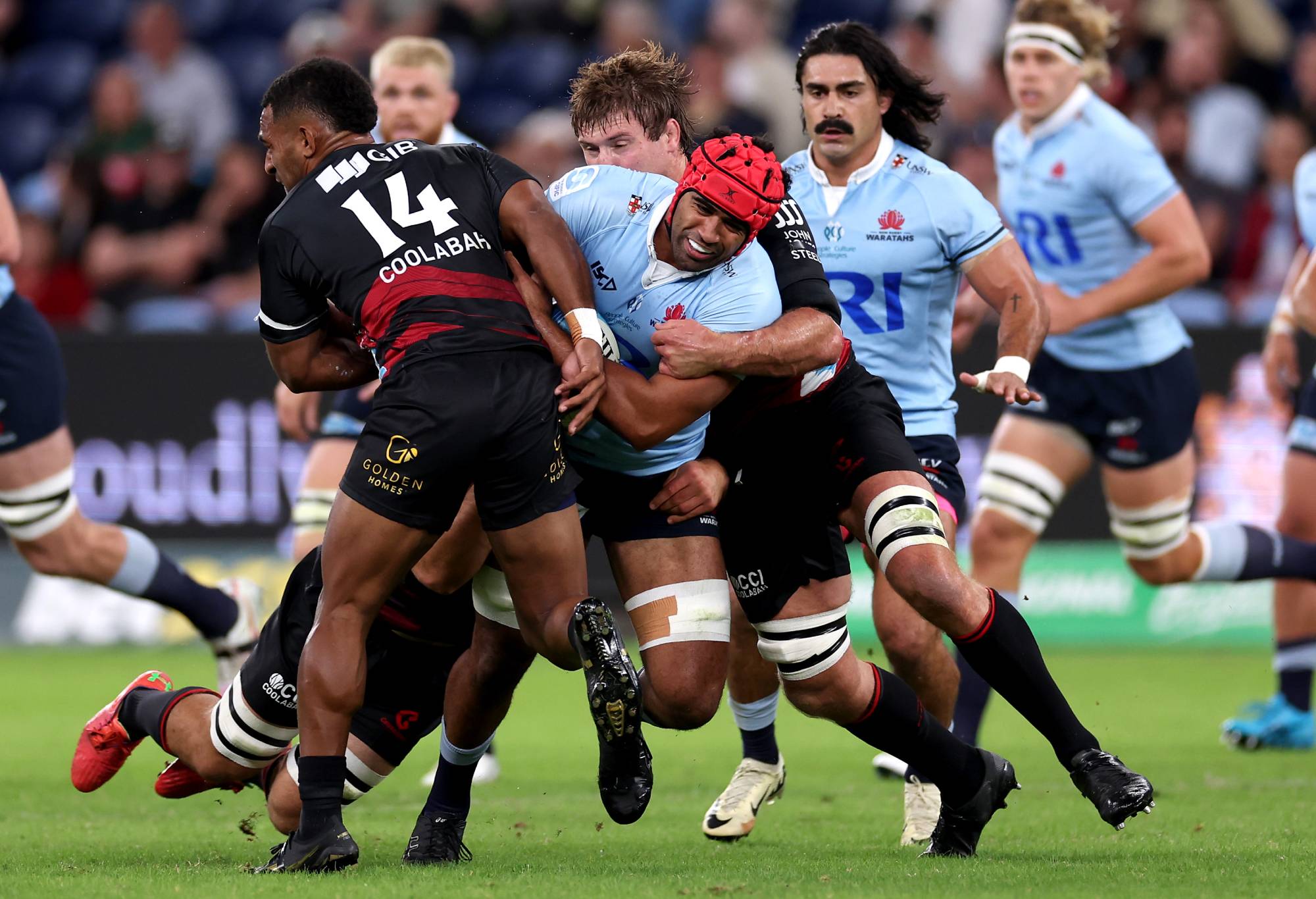
Intense local derbies, high-quality competition for representative positions, raucous local atmospheres, and die-hard fanbases are the hallmarks of great sports leagues.
Unfortunately, Super Rugby has been lacking these elements for some time.
I remember the glory days of Gandalf, but like in a fantasy epic, what should not have been forgotten was lost.
History became legend, legend became myth, and for about twenty years, Super Rugby declined. The initial idea ceased to be, well, super.
Originally, Super Rugby showcased the crème de la crème of Southern Hemisphere rugby.
Back then, Australian club rugby was more elite by amateur standards, with Wallabies playing regularly.
Super Rugby marked the transition to professionalism, pitting top club players from Australia, New Zealand, the Pacific (early era), and South Africa against each other in a short, sharp season. It was fresh and exciting, but things changed.
Super Rugby tried to be all things to all people, expanding into new regions and countries, extending the season, and morphing into something akin to Australian rugby’s NRL equivalent.
But was that ever the original intent? Somewhere along the line, there was some serious scope creep.
From 1996 to 2002, the original concept worked. The Reds, Waratahs and later Brumbies were powerhouses, fielding squads where any player could walk into a Wallabies starting lineup.
But now, these teams operate more like lower-level franchises, comparable to NRL teams, diluting their rivalries.
Talent disperses among the five teams, weakening the once-intense state-level competition. Compare this to the State of Origin, where only the best represent their states.

Langi Gleeson of the NSW Waratahs is tackled by the Crusaders. (Photo by Cameron Spencer/Getty Images)
With Melbourne’s closure, rugby in Australia faces a conundrum. Fewer teams might create more cohesion, but losing the Rebels, a team with 13 seasons behind them, isn’t a solution.
Its negative impacts are only just being felt, especially since the Rebels provided opportunities for young, burgeoning Australian talent.
So, what’s the solution? Australia desperately needs either a National Club Competition or a revitalised NRC-style competition.
Despite the need, Rugby Australia hasn’t proposed any concrete plans, likely solely focused on their dire budget black hole.
Super Rugby is stale, with average crowds plummeting from 21,064 in 2022 to 11,775 in 2024. The local derbies, once fiery and passionate, have become just another game on the calendar.
One criticism of Super Rugby was that Australians preferred local rivalries and were disinterested in cross-country club games.
Many thought that South Africa’s departure would improve the competition for Australian audiences, but where are the crowds now? What happened to this logic?
Super Rugby needs a major restructuring. I propose replacing the current league with a Super B (or Superb) Rugby competition for the earlier part of the season.
This would combine a lower-level NRC-style competition with New Zealand’s National Provincial Championship.
A Victorian and Western Australian team could become part of this second-tier comp, playing at a lower level.
The competition would follow a conference system to reduce travel costs, with Australian teams playing each other early in the season and then opening up to a cross-Tasman round-robin leading to a finals series in late May.

Harry Johnson-Holmes celebrates with crowd. (Photo by Mark Kolbe/Getty Images)
The Super B teams should pick players with experience in their feeder clubs.
For example, Perth or Melbourne players would need to either have a local school rugby background or play at least one season in the respective Vic Dewar Shield or WA Fortescue Premier Rugby to qualify for Super B.
This would increase local talent opportunities but also help ensure that the talent produced in New South Wales and Queensland stays there.
The Super A competition should be a shorter, more elite round-robin competition, similar to the original concept.
The best players from Super B would be picked on a more representative basis, with Queensland, New South Wales, and a third team (Barbarians or Brumbies) drawing from their respective Super B clubs and backgrounds.
This would create three strong teams for Wallabies selection, improving depth.
The Barbarians team would base themselves in Canberra but play home games in Melbourne and Perth.
A Super B competition would help maintain high-quality rugby in Melbourne and Perth, ensuring that everything built there doesn’t die on the vine.
This competition would raise the standard of rugby at a lower level in Australia, testing club players against a higher-standard New Zealand standard of play.
From a financial and entertainment distribution perspective, it would be easier to sell, providing additional content for Stan, 9Gem with more local games and options for viewers, something that didn’t exist when the original NRC was created.

Fraser McReight of the Reds against the Waratahs. (Photo by Bradley Kanaris/Getty Images)
Cross-city rivalries, like those in the NRL, would create greater engagement.
More local teams would give fans multiple teams to support. If your state team has a bad year, you’re less likely to check out completely, unlike Super Rugby, where it’s easy to lose interest if your team is struggling.
Here’s what my proposal looks like:
Super B Rugby (Jan-May):
• Australian Conference: QLD (Northern Union, Southside Pride, Western Bulls) NSW (North Harbour Rays, Sydney Fleet, Western Sydney Rams, North Coast Thunder) ACT (North Canberra Kookaburras, South Canberra Vikings) VIC (Melbourne Rising) WA (Western Force.)
• New Zealand Conference: Auckland, Bay of Plenty, Canterbury, Counties Manukau, Hawke’s Bay, Manawatu, North Harbour, Northland, Otago, Southland, Taranaki, Tasman, Waikato, Wellington.
Super Rugby (June-July)
• Australian Teams: Queensland Rugby Union, New South Wales Rugby Union, Australian Barbarians/Brumbies.
• New Zealand Teams: Auckland, Waikato, Canterbury, Wellington, Highlanders.
Pacific teams like Fiji A and Samoa B could join Super B with a combined Pacific Islander Representative team for Super A.
Sports opinion delivered daily
function edmWidgetSignupEvent() {
window.roarAnalytics.customEvent({
category: ‘EDM’,
action: ‘EDM Signup’,
label: `Shortcode Widget`,
});
}
What do you think? Is there another solution to the potential exit of the Rebels and its ramifications on Australian rugby?
How would you fix Super Rugby from a structural perspective?
Is Super Rugby as a brand worth throwing away completely?
What’s driving this season’s low crowds? Is it just a bad year or a systemic problem requiring a complete overhaul?

